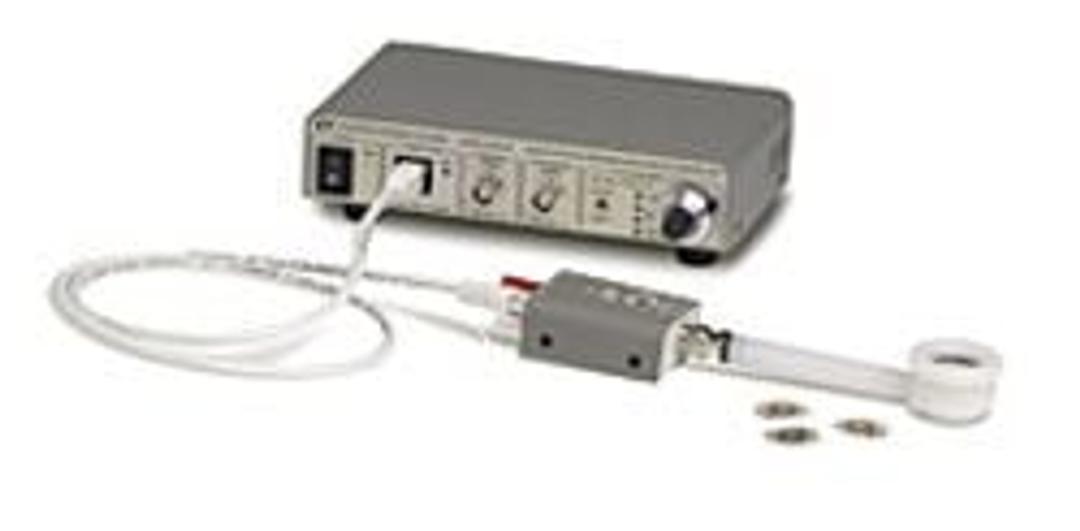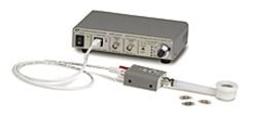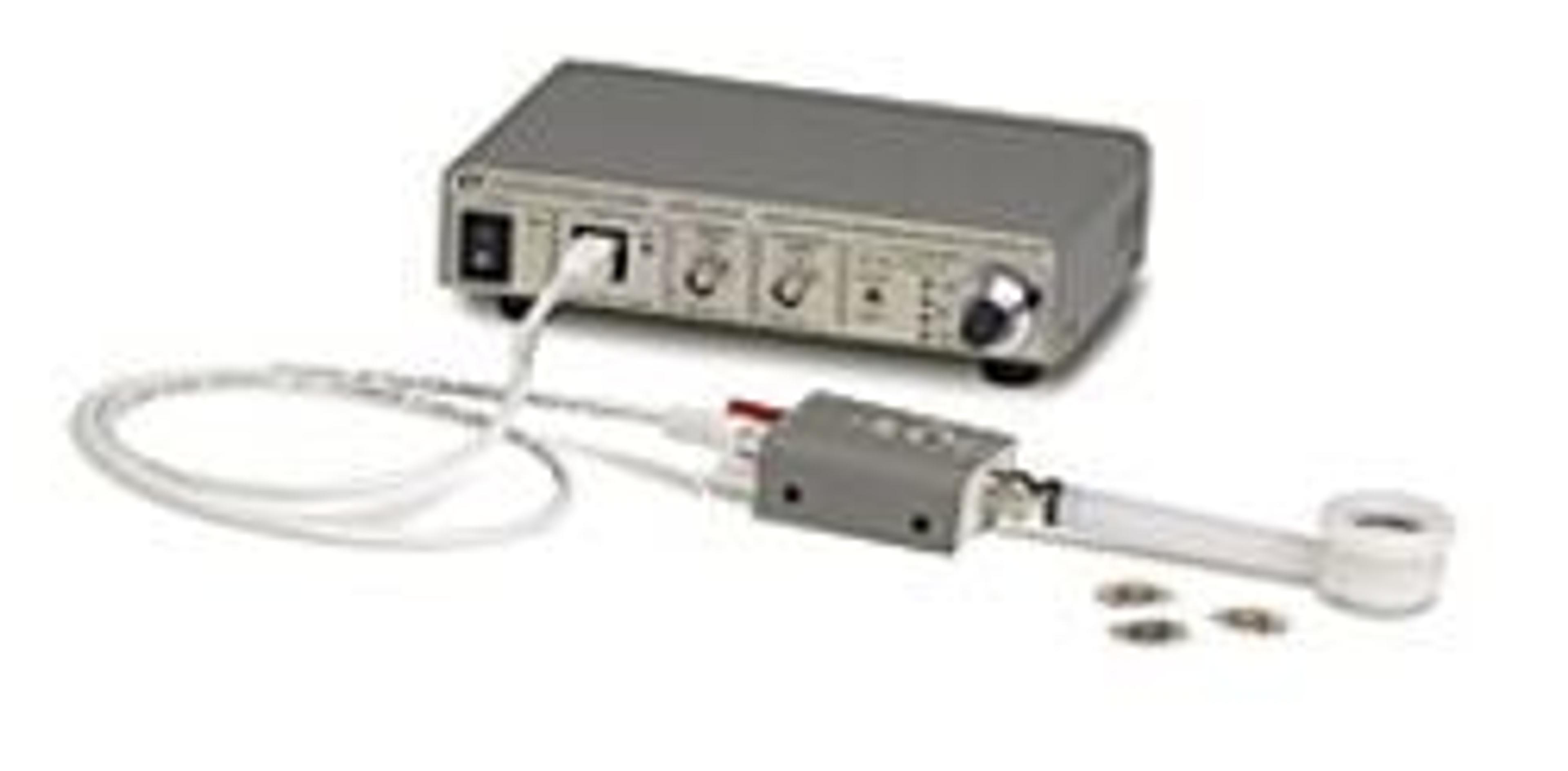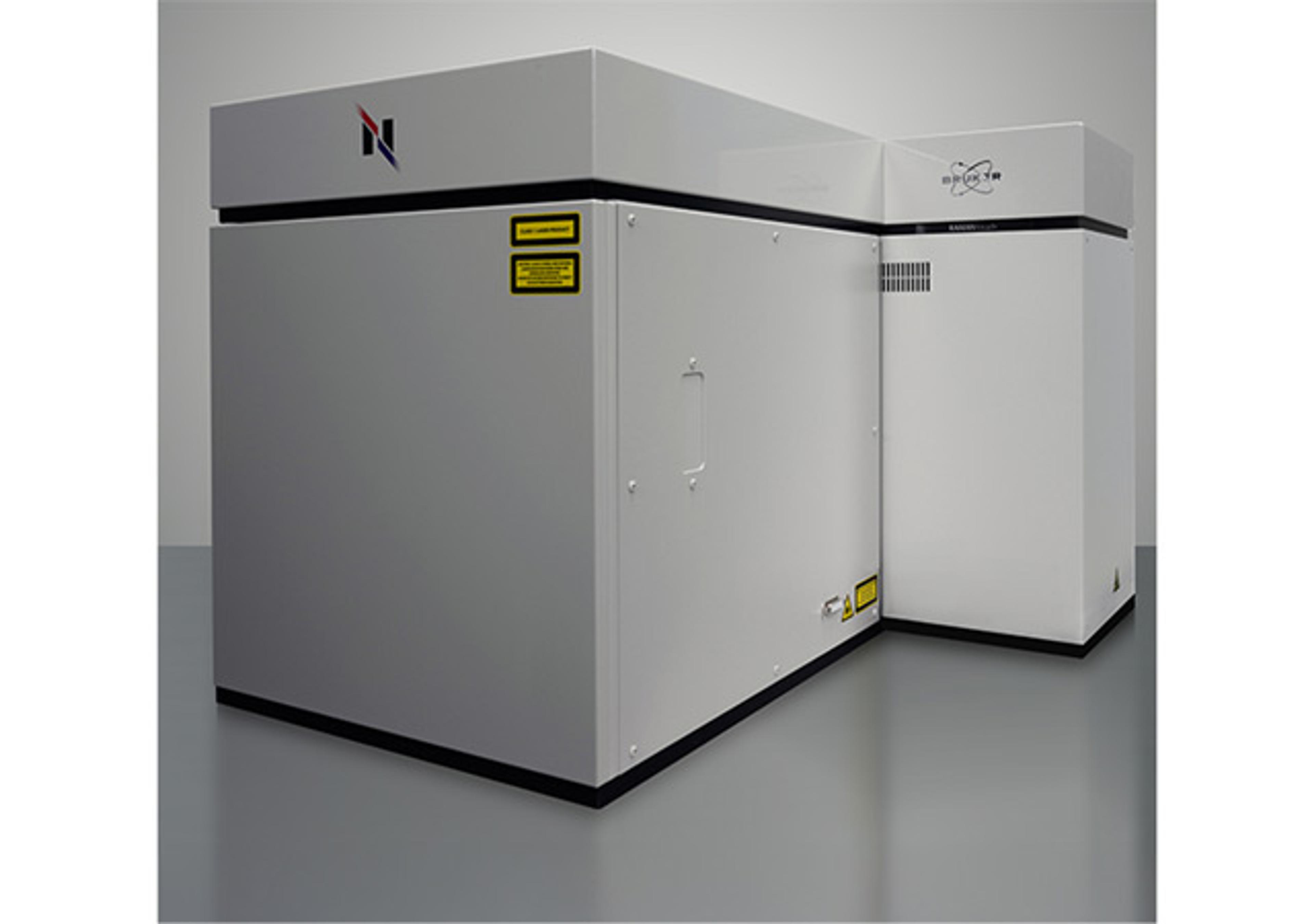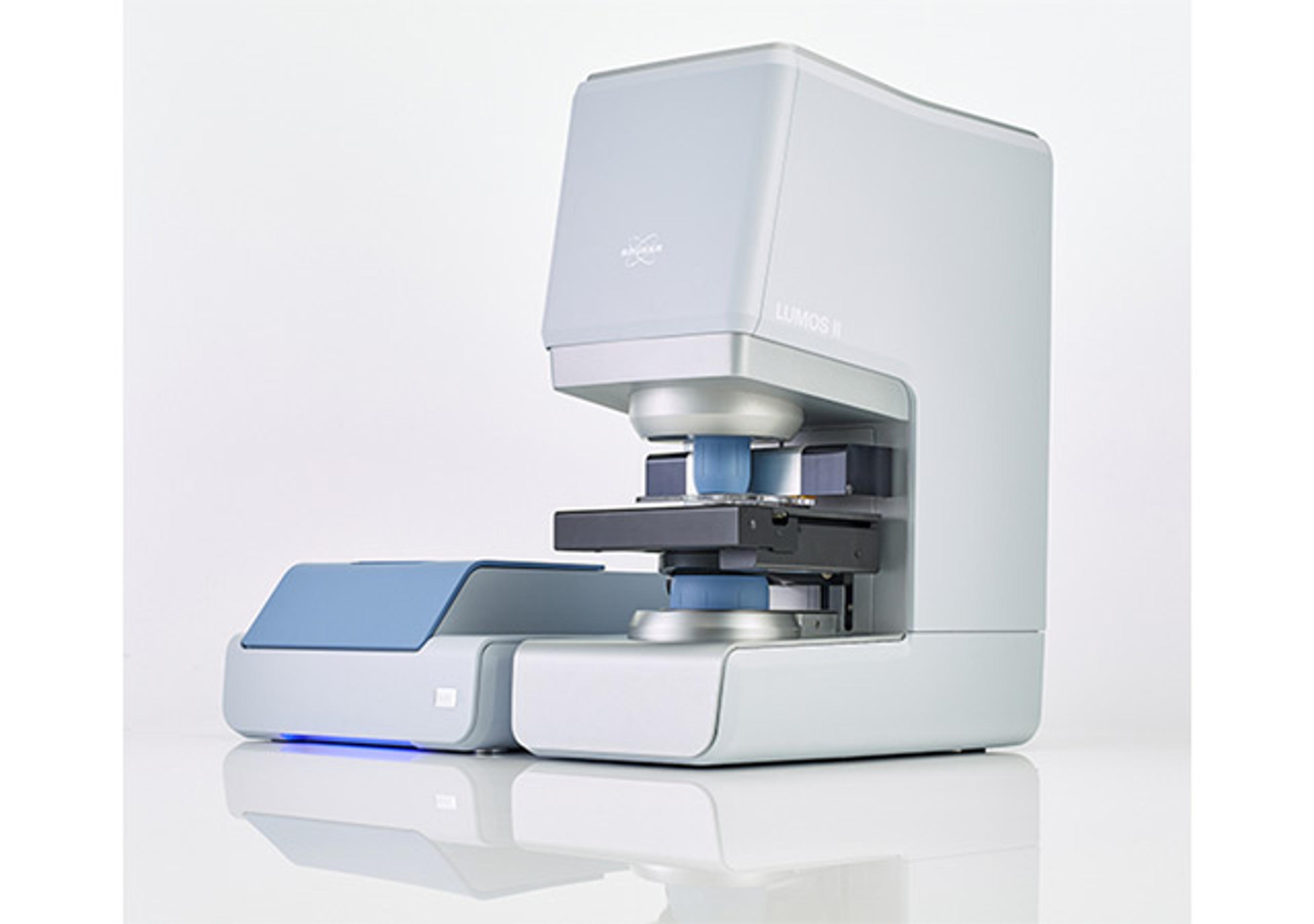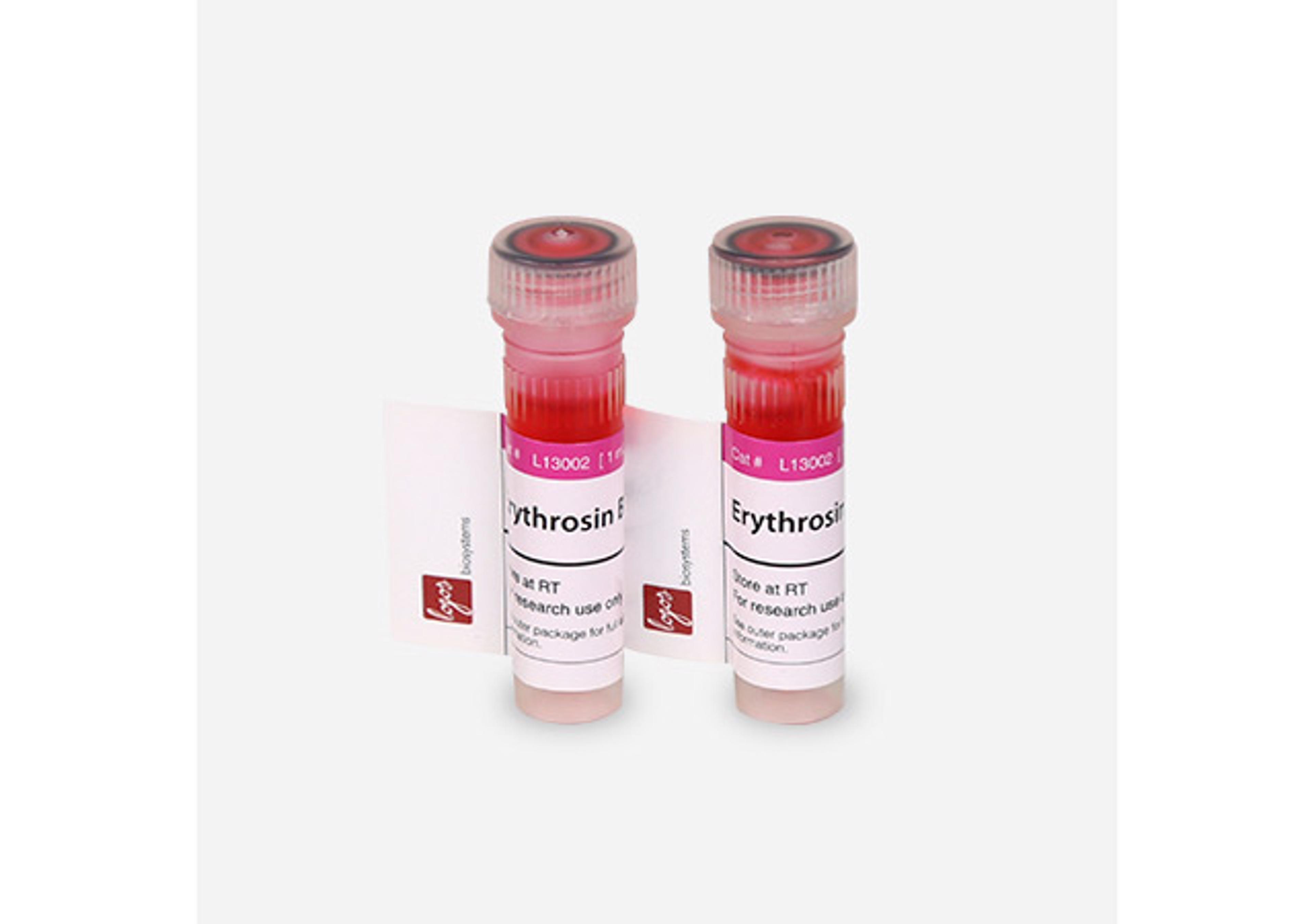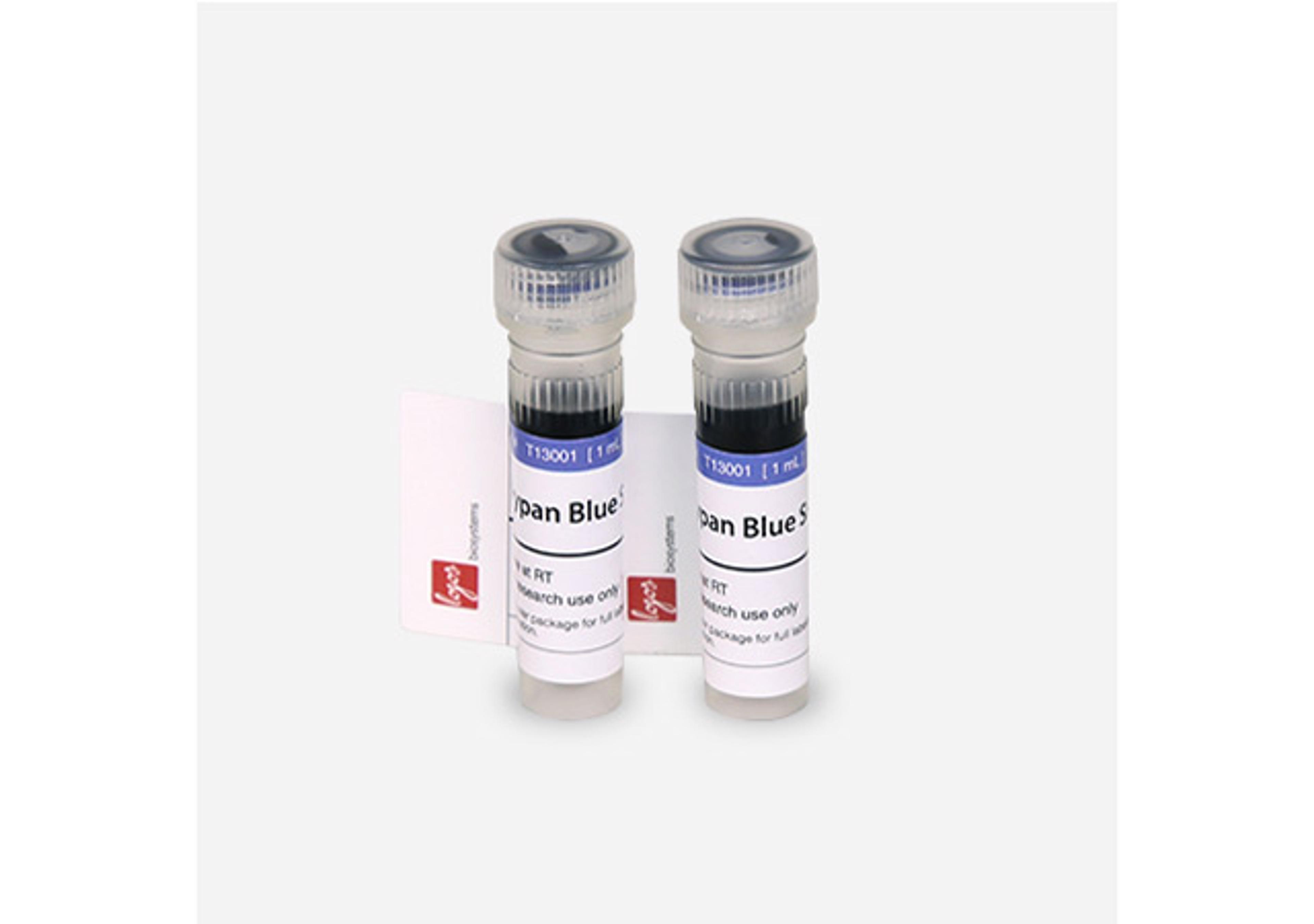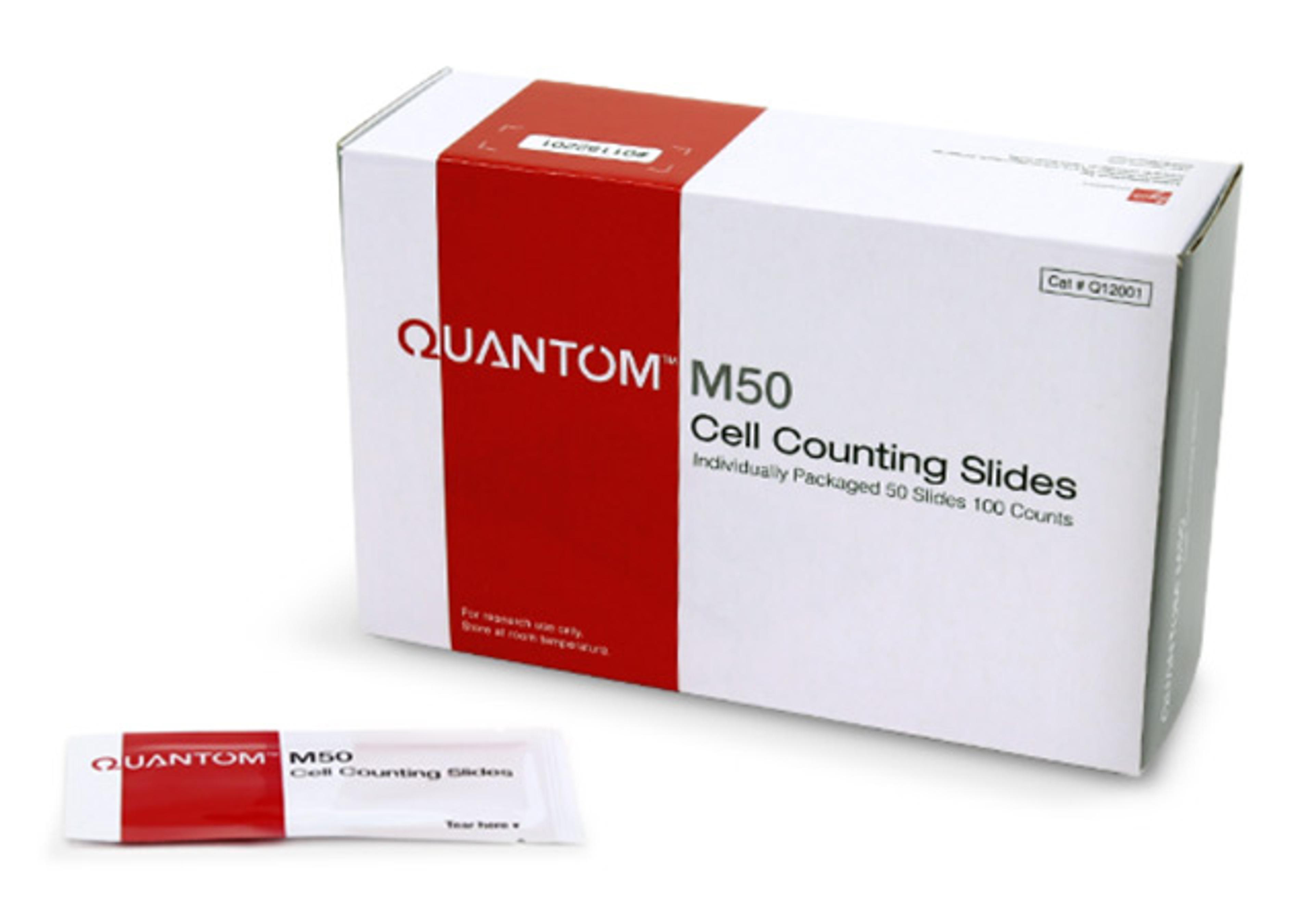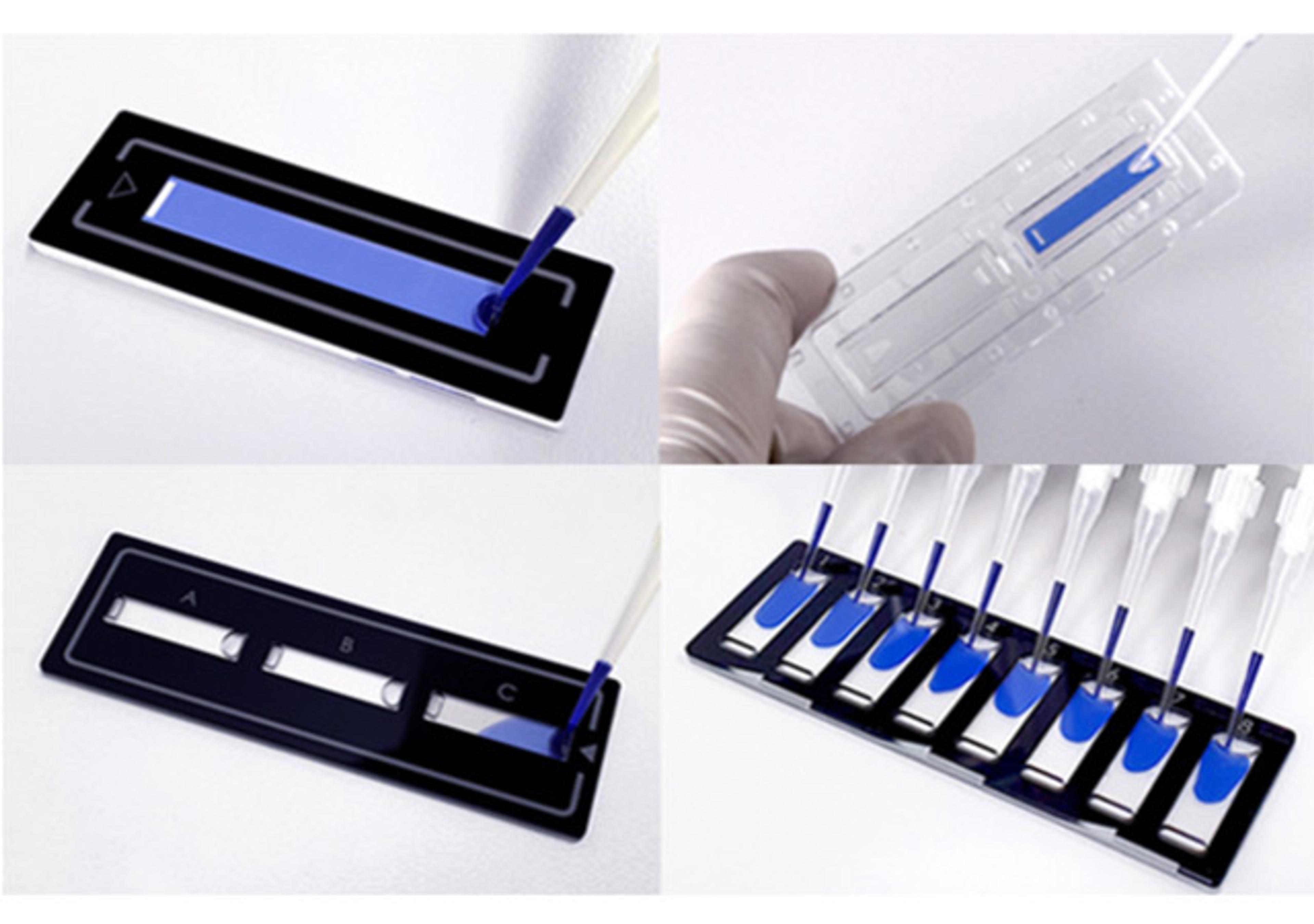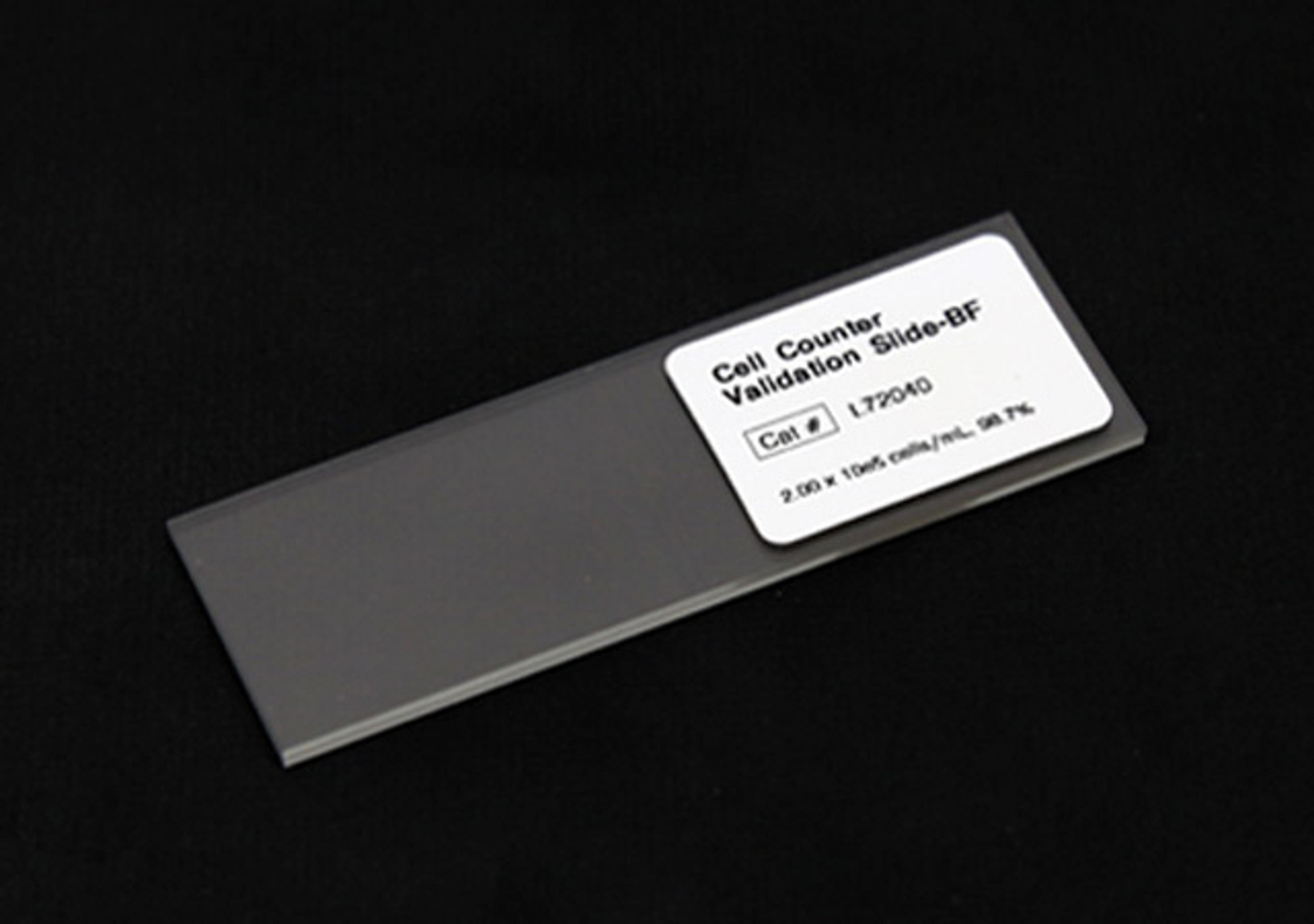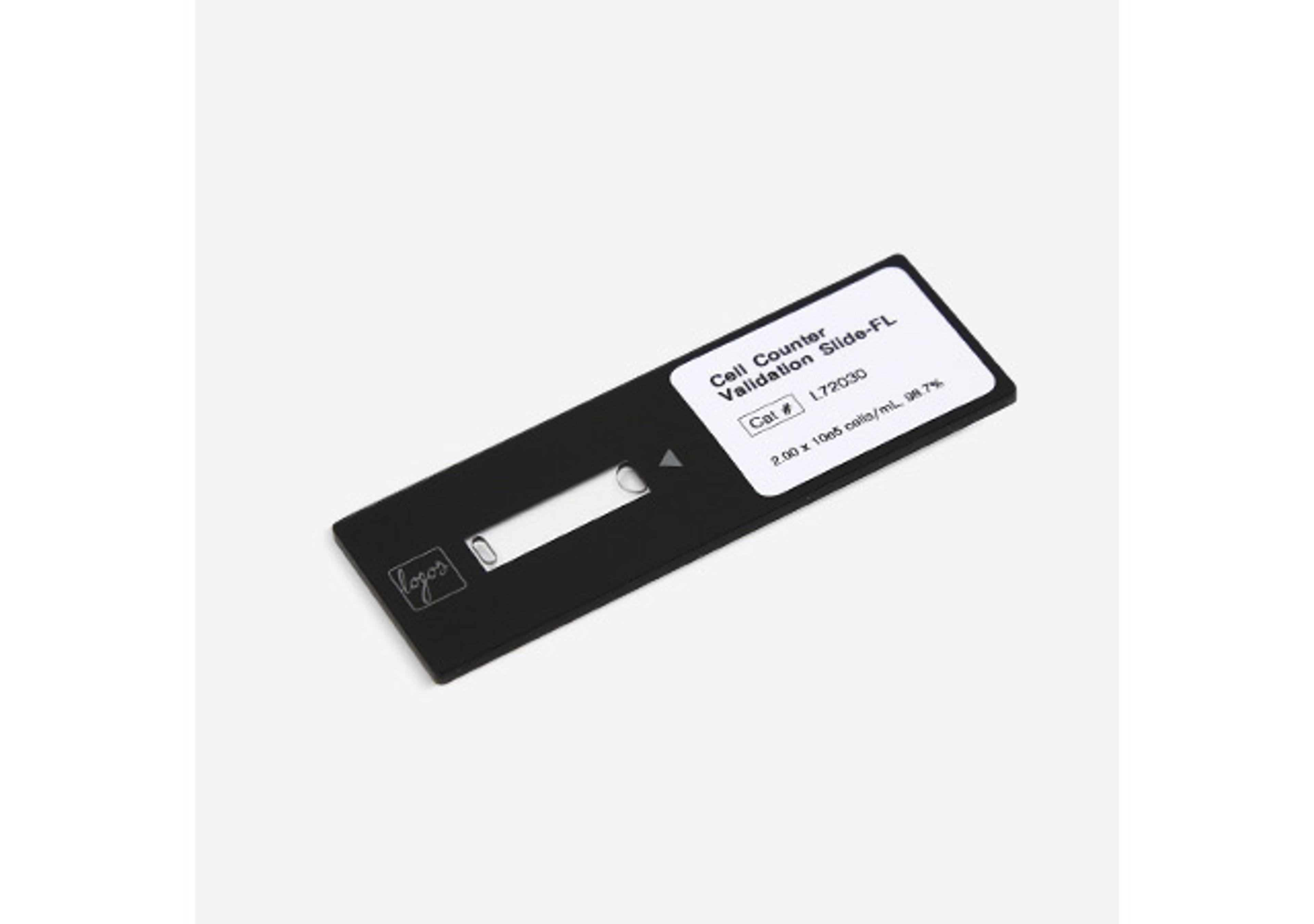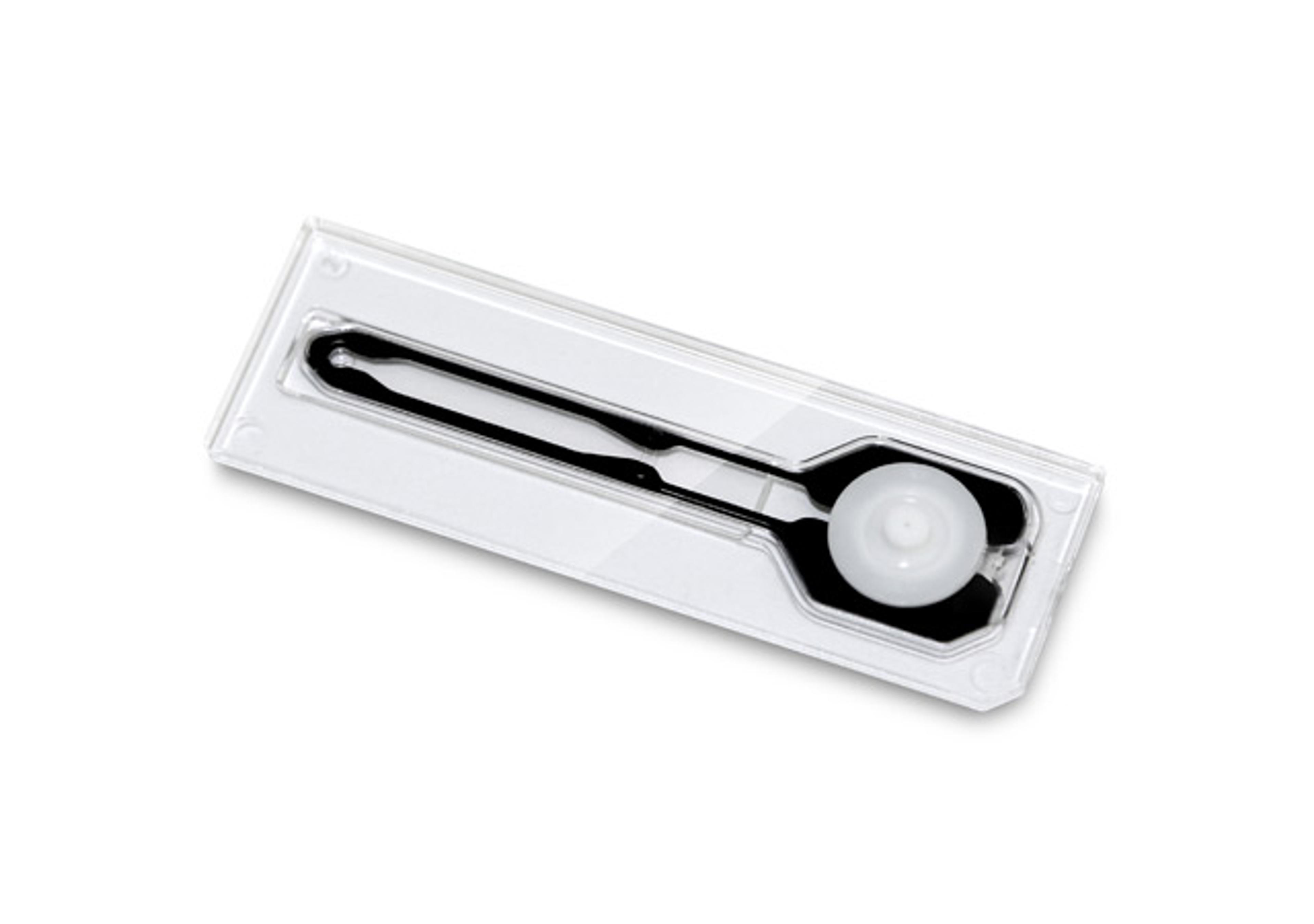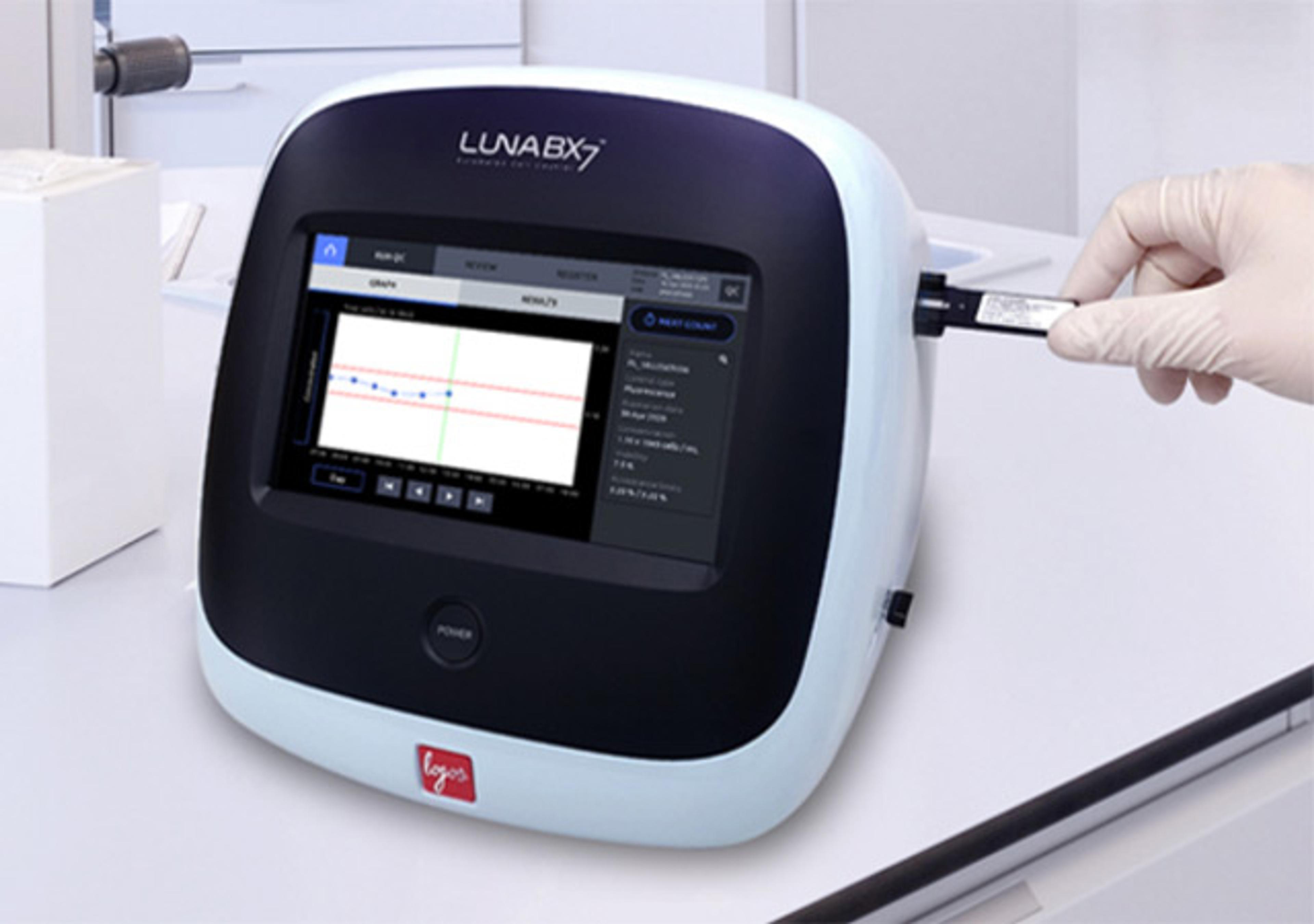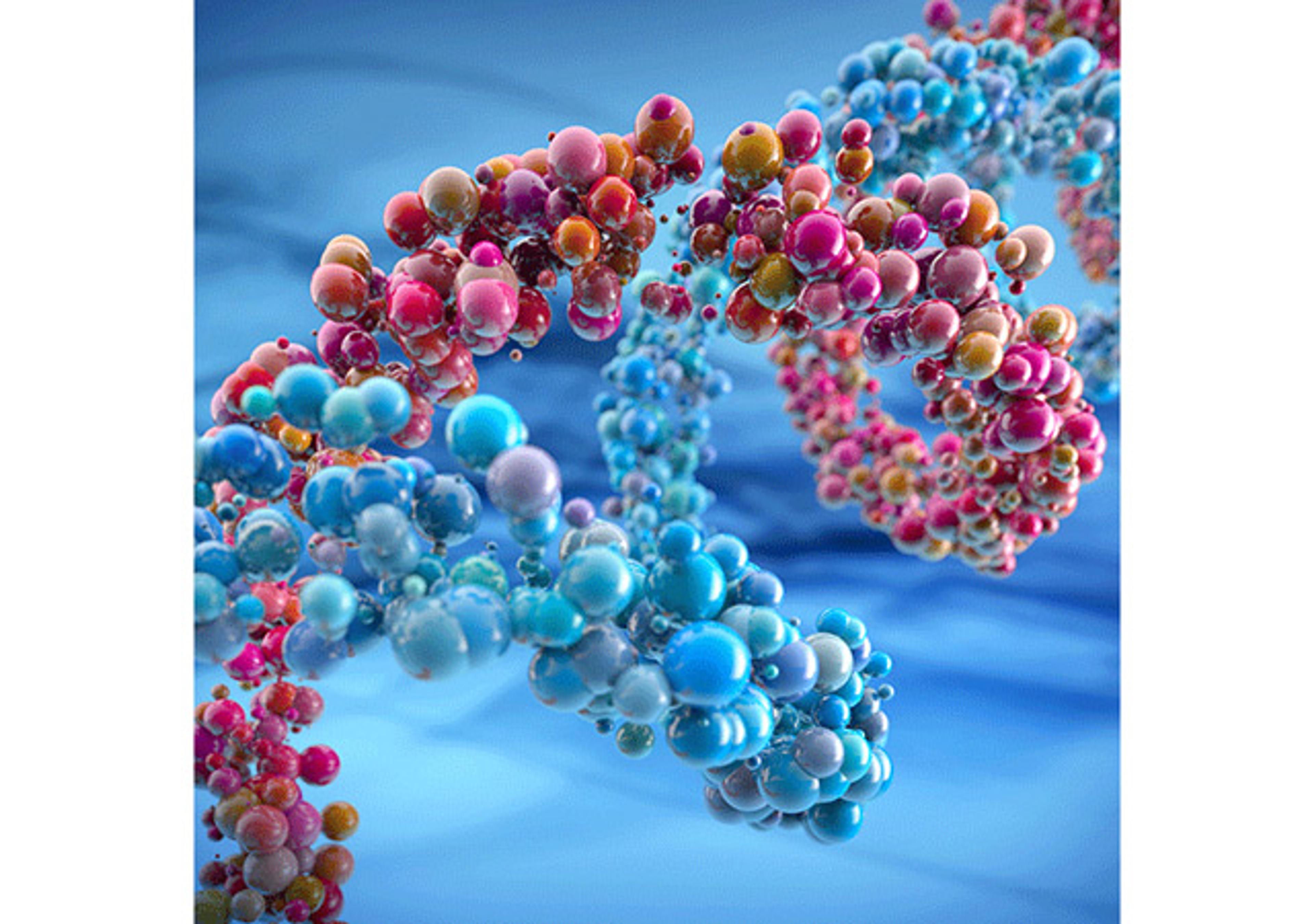QCM100 Quartz Crystal Microbalance
The Stanford Research Systems QCM100 is a low cost quartz crystal microbalance system designed for real-time mass and viscosity measurements in processes occurring at or near surfaces, or within thin films. It comes with controller, oscillator electronics, crystal holder, and three quartz crystals. An external frequency counter and precision voltmeter (not included) are needed to complete the QCM measurement setup. The QCM ser…
The supplier does not provide quotations for this product through SelectScience. You can search for similar products in our Product Directory.
The Stanford Research Systems QCM100 is a low cost quartz crystal microbalance system designed for real-time mass and viscosity measurements in processes occurring at or near surfaces, or within thin films. It comes with controller, oscillator electronics, crystal holder, and three quartz crystals. An external frequency counter and precision voltmeter (not included) are needed to complete the QCM measurement setup.
The QCM series measure the resonant frequency and resistance of an AT-cut quartz crystal. The resonant frequency changes as a linear function of the mass of material deposited on the crystal surface. The resistance at resonance changes with the viscoelasticity of the material (film or liquid) in contact with the crystal’s face.
As a gravimetric instrument, the QCM100 can measure mass ranging from micrograms to fractions of a nanogram, with detection limits corresponding to submonolayers of atoms. Measurement of resistance provides the opportunity to examine the viscosity and elasticity of films and liquids at or near the crystal surface. This makes it feasible to observe conformational changes, such as phase transitions, swelling and cross-linking, in real time. The electronics are specifically designed to handle heavy loads (up to 5 kΩ) making these instruments ideal for studies involving lossy films and highly viscous liquids.
The crystal oscillator electronics employ a unique automatic gain control (AGC) circuit instead of the traditional phase-lock oscillator (PLO). The AGC provides the quartz crystal resonator with the necessary gain to overcome viscoelastic losses and achieve series resonance. It also provides a signal for monitoring the energy dissipated by the sensor (which is related to the series resonance resistance). The oscillator will reliably drive crystals with resistance up to 5 kΩ, and will maintain oscillation in viscous aqueous solutions containing over 88 % glycerol (w/w %).
The controller provides power to the crystal oscillator electronics and includes a potentiometer for canceling shunt capacitance. Proper capacitance cancellation is required to assure true series resonance operation of the crystal oscillator and to eliminate frequency and resistance errors.

